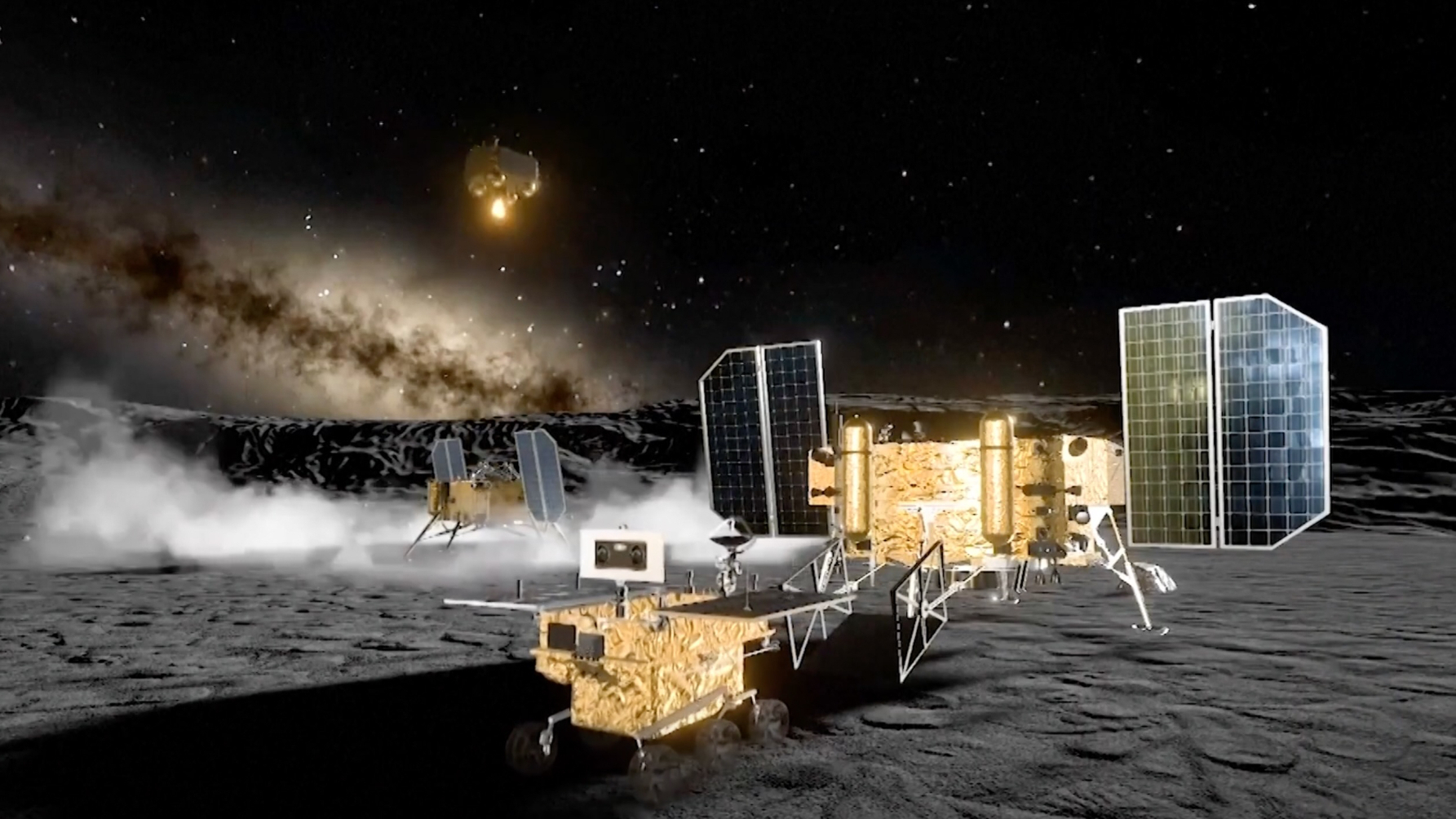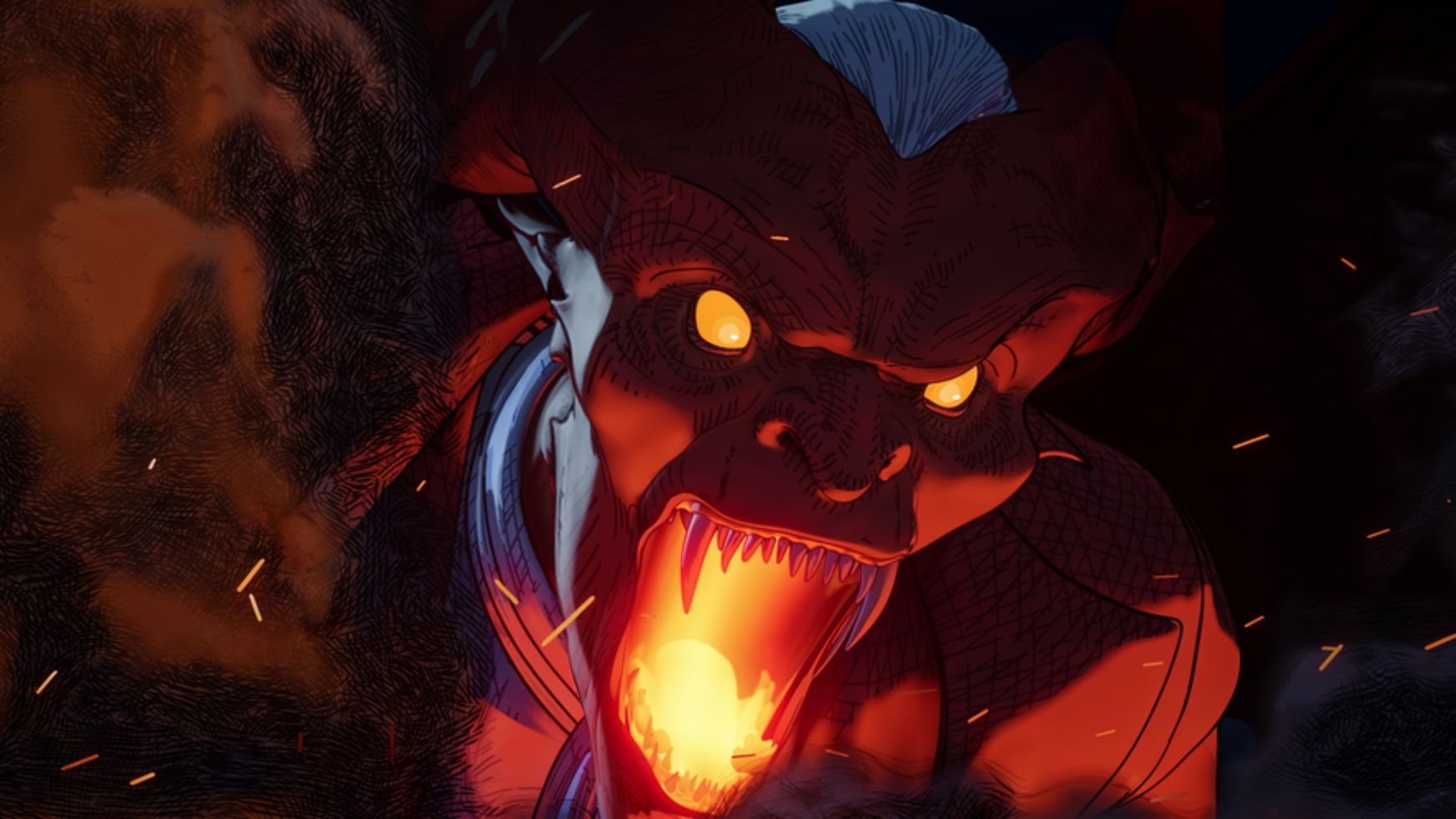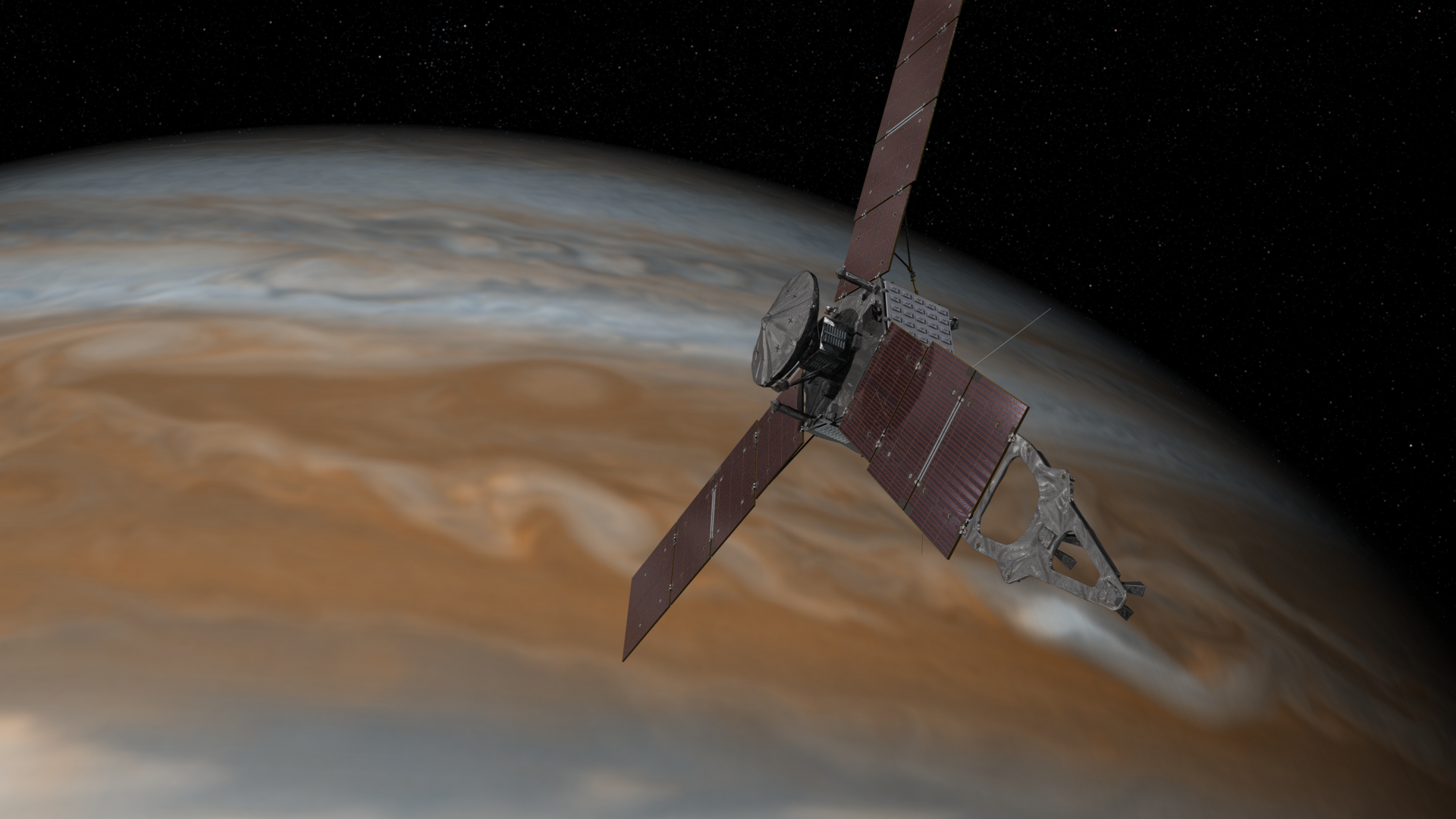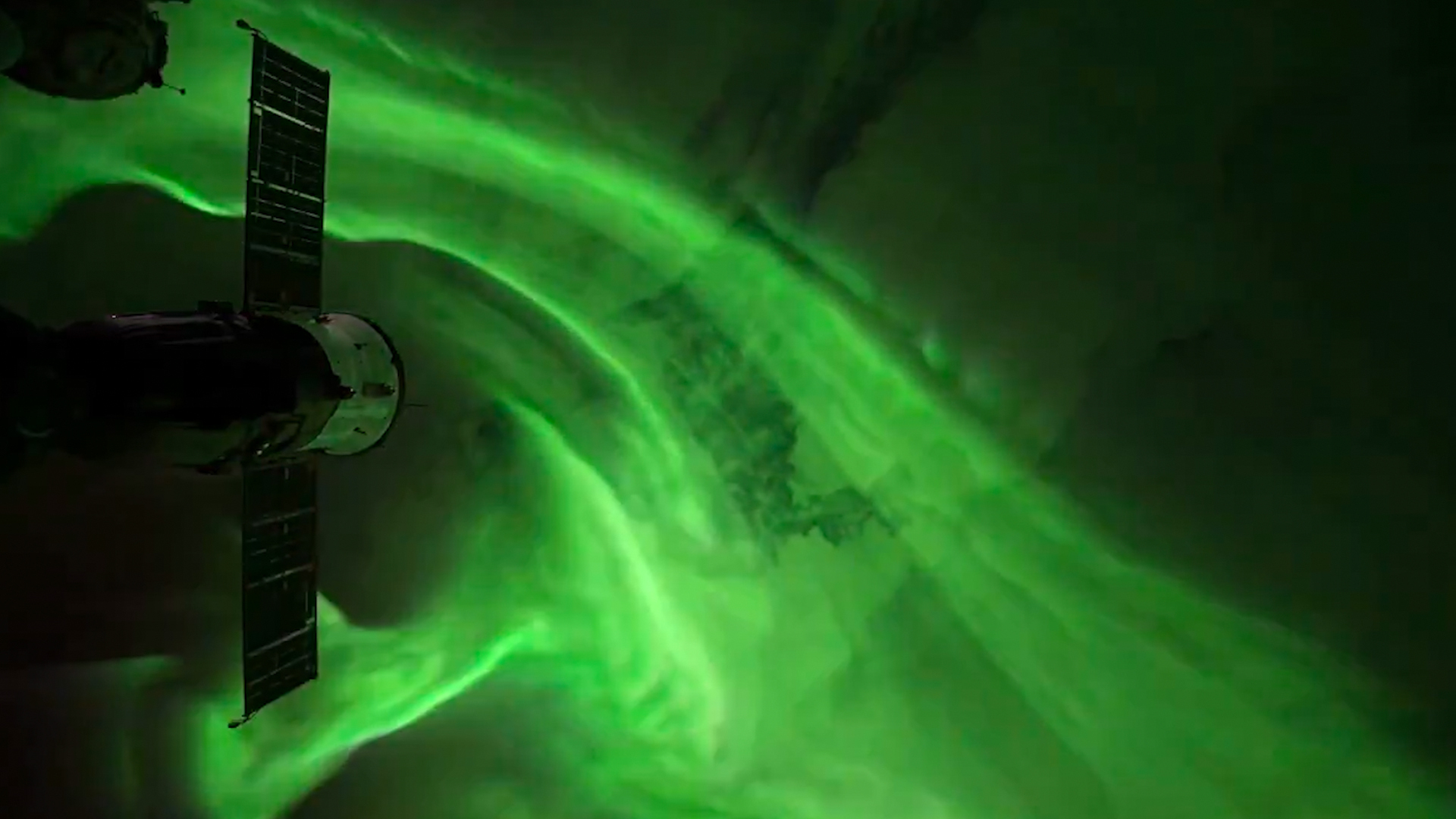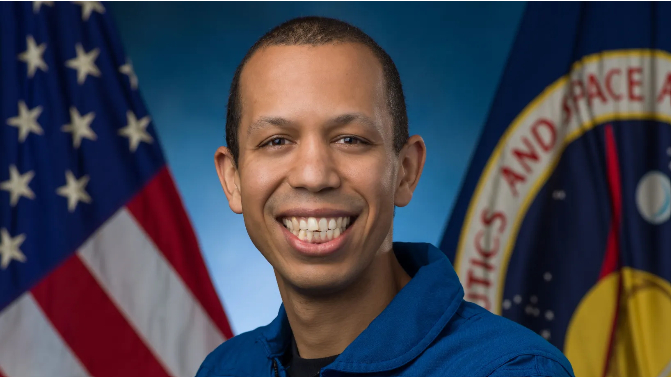Boom Supersonic's XB-1 jet went out in style on Monday (Feb. 10).
The XB-1 broke the sound barrier three times during its 13th and final test flight, which lifted off Monday from the Mojave Air & Space Port in southeastern California at about 1:50 p.m. EST (1850 GMT; 10:50 a.m. local time in California).
"This is really a bittersweet day for for me, and I think for the entire XB-1 team," Boom Supersonic Founder and CEO Blake Scholl said during the company's webcast of the flight. "This is the last time that she'll fly," he added, after a pause during which it sounded like he got a bit choked up.
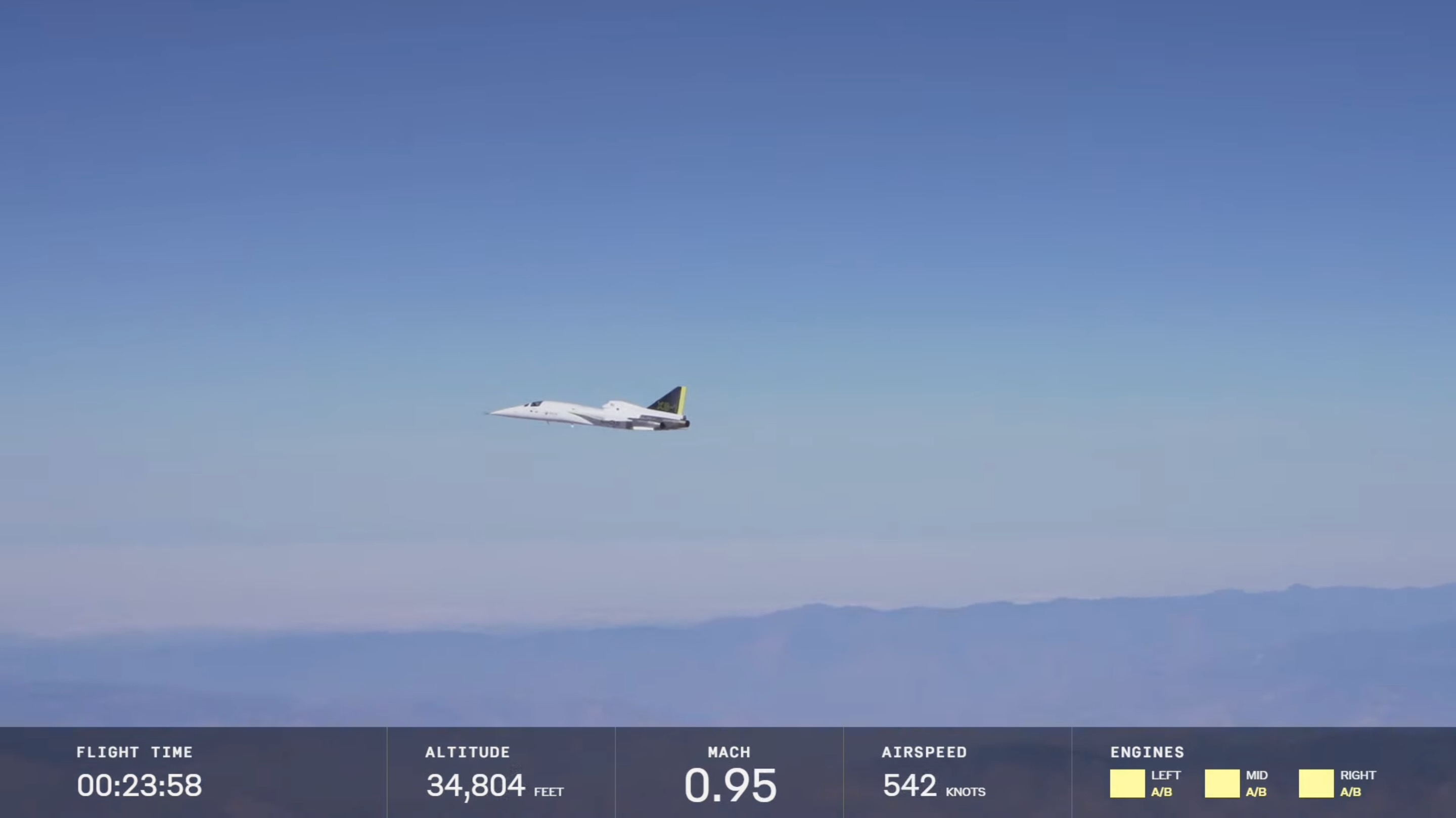
The XB-1 is a piloted pathfinder vehicle designed to pave the way for Overture, Boom's planned commercial supersonic jet. The demonstrator is about one-third the size of Overture, which will seat 64 to 80 passengers.
Related: Boom Supersonic XB-1 jet breaks sound barrier on historic test flight (video)
The XB-1 lifted off for the first time in March 2024, on a flight that did not break the sound barrier (which is about 767 mph, or 1,234 kph, at sea level). The demonstrator flew 10 more subsonic flights, then went supersonic for the first time on Jan. 28 of this year.
Boom's chief test pilot, Tristan "Geppetto" Brandenburg, broke the sound barrier three times during that landmark flight, which marked the first time a civil aircraft had ever gone supersonic over the continental United States.
Get the Space.com Newsletter
Breaking space news, the latest updates on rocket launches, skywatching events and more!
Boom and Brandenburg repeated that feat during Monday's sortie, which lasted about 41 minutes from liftoff to touchdown back at Mojave.
"We have achieved here with this flight test program what everyone thought previously was impossible — that a startup cannot do a supersonic airplane by themselves, without the help of the government, without the help of the larger OEM [original equipment manufacturer] organizations," Nick Sheryka, Boom's chief flight test engineer, said during Monday's livestream.
"What we have done now, six times, is shown the world that we can design, develop, test — safely — a supersonic airplane," he added.
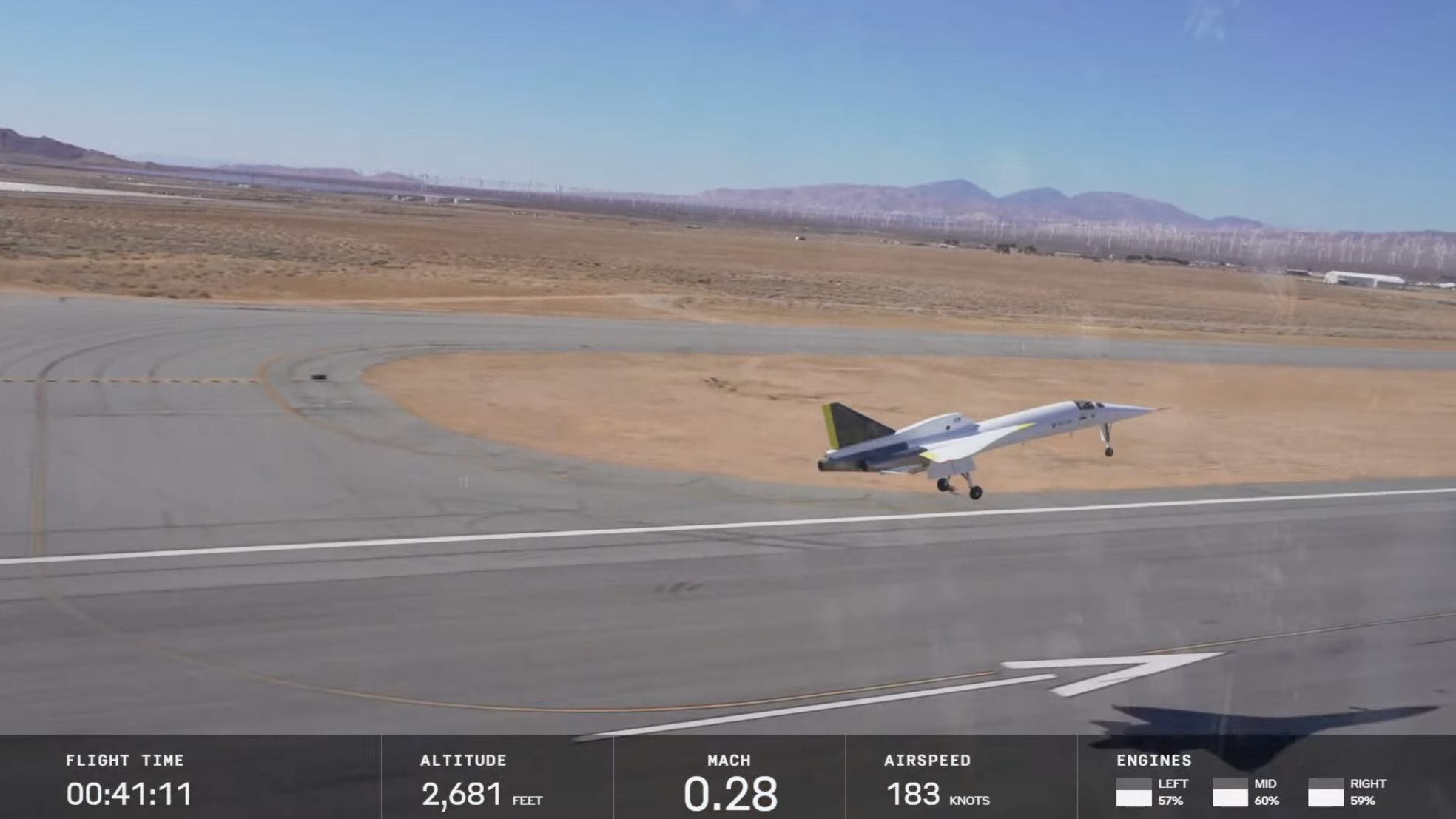
Colorado-based Boom aims to bring back supersonic commercial flight, a feat pioneered by the British-French Concorde, which flew for the final time in 2003. Monday's successful flight took the company a big step closer to making that happen.
"While it's incredibly sad for me to leave the exciting world of flight testing experimental aircraft, it means we get to go all in, starting tomorrow, on what we started the company to do, which is to build that Overture airliner," Scholl said.
Boom aims to lock in Overture's overall design in just a week or so and to do the same with the jet's Symphony engines next month, he added.
"Our goal is to be making thrust on those engines around the end of this year, start building the first Overture in about 18 months, roll it off the line in about three years [and] put it in the air in less than four," Scholl said. "Our goal is to be ready for passengers by the end of 2029."
None of the three sonic booms generated by the XB-1 on Monday were audible from the ground, which helps to explain why Boom is so confident that supersonic passenger flight can come back. (Frequent, loud booms heard over large cities, after all, would be a significant hurdle for operators to overcome.)
There's a "cutoff altitude" above which audible sonic boom waves will refract upward off layers in the atmosphere. That altitude depends on properties such as temperature gradients and winds, Scholl and Sheryka explained in the livestream. On Monday, the cutoff altitude was about 7,000 feet (2,134 meters).
"Below that, you won't hear it," Sheryka said.
Join our Space Forums to keep talking space on the latest missions, night sky and more! And if you have a news tip, correction or comment, let us know at: community@space.com.

Michael Wall is a Senior Space Writer with Space.com and joined the team in 2010. He primarily covers exoplanets, spaceflight and military space, but has been known to dabble in the space art beat. His book about the search for alien life, "Out There," was published on Nov. 13, 2018. Before becoming a science writer, Michael worked as a herpetologist and wildlife biologist. He has a Ph.D. in evolutionary biology from the University of Sydney, Australia, a bachelor's degree from the University of Arizona, and a graduate certificate in science writing from the University of California, Santa Cruz. To find out what his latest project is, you can follow Michael on Twitter.
-
Woodboy12 Reply
An impressive achievement! However, I believe transitioning from a single-pilot aircraft to a certified commercial airliner is quite a significant leap.Admin said:Boom Supersonic's XB-1 pathfinder vehicle went out in style on Monday (Feb. 10), breaking the sound barrier three times on its 13th and final test flight.
Boom Supersonic's XB-1 jet breaks sound barrier 3 times on final test flight (video, photos) : Read more -
Unclear Engineer Seems strange that the aircraft would make only one test flight at supersonic speeds. I would think that it would be used to better define an envelope of flight conditions that produced acceptable levels of boom at various ground elevations and temperature conditions. We have terrain that exceeds 7,000' altitude, for instance. La Paz, Bolivia, is a city at 12,000 feet.Reply -
larryc55 Reply
All it will take is about $30-$50B and 20+ years. They are VERY close. They'd be better off trying to mod this thing into a Bizjet for billionaires.Woodboy12 said:An impressive achievement! However, I believe transitioning from a single-pilot aircraft to a certified commercial airliner is quite a significant leap. -
ChrisA People are asking why the test program ends so early. I think because the entire point of the test flight was to validate the company's aerodynamic simulation software. If the plan flies exactly as the software predicted it would fly, now they are confident the software works. So as said, they can freeze the design of the airliner.Reply
If you are very confident in your ability to model a plane in software you reduce development risk in the next design. They can be very sure their bigger plane is "just work" -
Unclear Engineer Good point about validating the software.Reply
But, 3 short duration supersonic flight segments on the same day in the same location might not be sufficient to capture the range of atmospheric conditions that might affect sound levels at the ground across the entire nation in all seasons.
And, I would think that the maneuverability of the aircraft at supersonic speeds would also be a design consideration, particularly for off-normal situations. It is an unusual airframe design. -
Classical Motion Perhaps some kind of Lidar or other sensor could sense the reflective altitude. The measurement would be detected earlier than the boom ETA. And depending on reflective change rate, might be mitigated with course/altitude changes.Reply
What prevents us from flying higher and faster now? Is it the structure and stress(pressure/temp cycles) ….. or the fuel efficiency? -
Unclear Engineer My experiences in Montana with sonic booms were at elevations of 5,000 to 8,000 feet. The booms were LOUD, and we never saw the planes that made them, so we assumed they were quite high - and long gone by the time the shock wave got down to us.Reply
So, my expectation is that the major effect on boom reduction is the airframe design, and the atmospheric part is secondary.
What happens to the shockwave directed towards the ground when the plane banks at supersonic speeds? When it descends? Etc? -
Classical Motion The shock wave is one she bang. If a structure could slice that up into a thousand little sequential she bangs...... we might not hear it.Reply
A puff boom.

